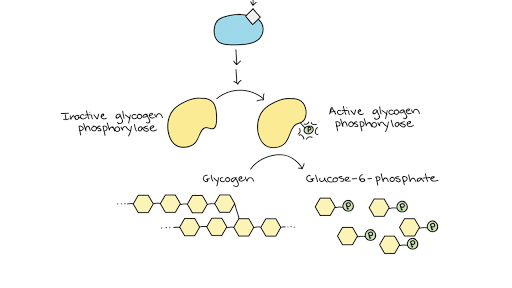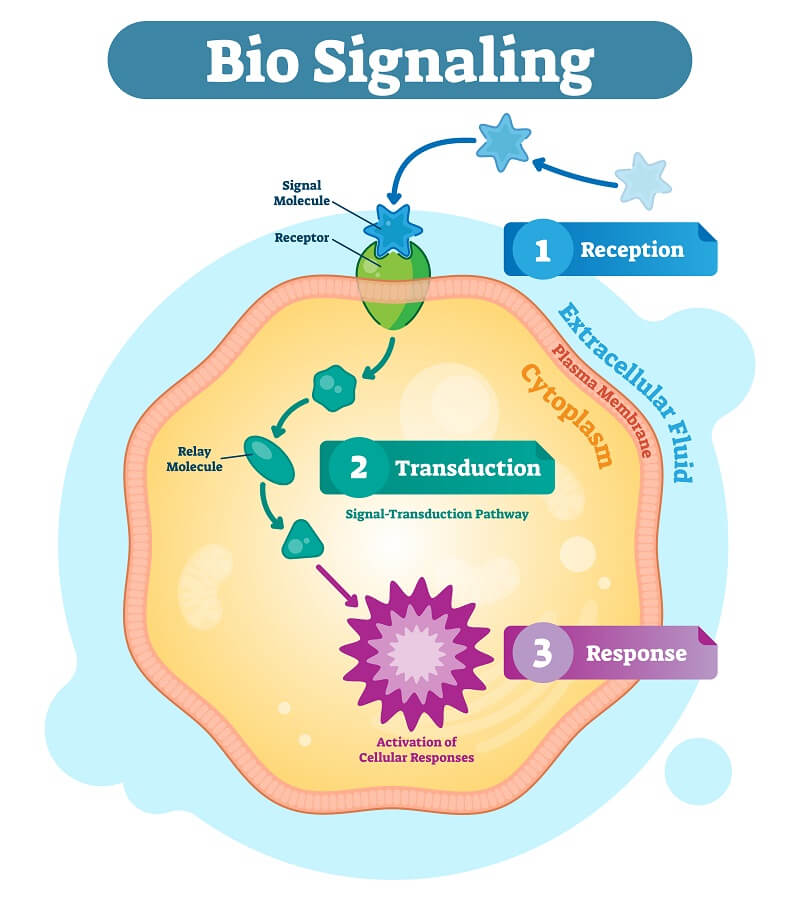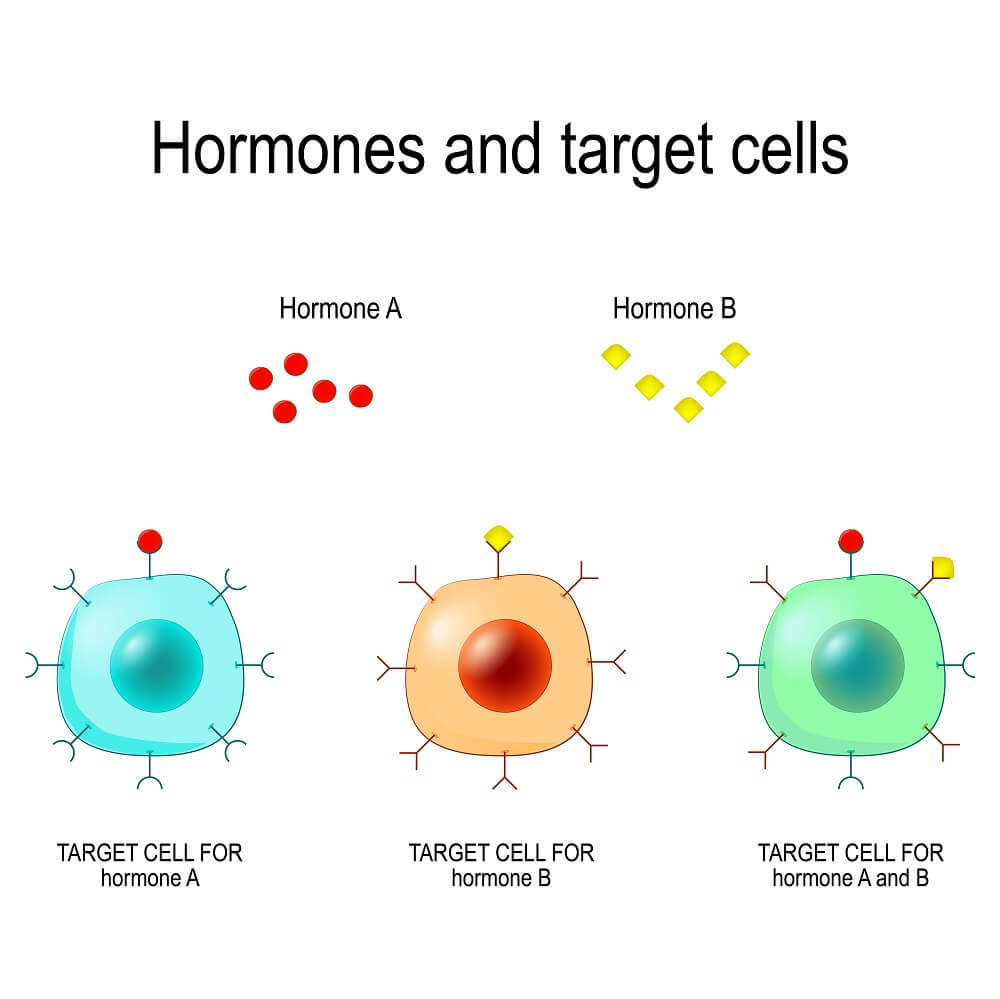Cells That Respond to Signals Are Usually Called
Extracellular Signal Molecules Can Act Over Either Short or Long Distances. Choose the TRUE statement.

Response To A Signal Article Khan Academy
When adenylyl cyclase is activated cAMP is formed.

. Use contact-dependent signals which rely on interactions between cell surface molecules on different cells 3. The cells lacking the receptors are called non-targets and do not respond to the signals. Autocrine signals are produced by and act upon the same cell.
See the answer. In paracrine signalling the nearby cells secrete. Large proteins called receptors help cells recognize signals sent to them.
That is a signal is released by the sending cell. Certain types of T. Cells that respond to signals are usually called A responders.
In most cases however signal molecules are secreted. An example is provided by the action of neurotransmitters in carrying signals between nerve cells at a synapse. Cell signaling pathways play a major role in cell division.
Cell-to-Cell Communication Learning Outcome. Many signal molecules remain bound to the surface of the signaling cell and influence only cells that contact it Figure 15-4ASuch contact-dependent signaling is especially important during development and in immune responses. Cells that respond to signals are usually called.
You see this is a highly specific processjust. Despite these differences signaling pathways share a common goal. How cells sense and respond to chemical messages -- a process known as signal transduction -- is a fundamental force in biology controlling key processes such as cell growth and immune response.
Cytoplasmic transfer of signals. Ligands and receptors come in many varieties and binding can trigger a wide range of signal relay cascades inside the cell from short and simple to long and complex. A gap junction forms when opposing membrane-spanning proteins called _____ on two adjacent cells unite creating a protein channel that is capable of opening and closing.
Signaling happens when specific molecules bind to their particular receptors. __ is a process by which an extracellular signal molecule called the ___ activates a membrane receptor that in turn alters intracellular molecules called the __ to create a. Chemical signals are continually bombarding cell.
Cytokines are generally made in advance and stored until needed. Uncontrolled cell growth leads to cancer and mutations in the genes encoding protein components of signaling pathways are often found in. Cells respond to signals are usually called.
Cells do not normally divide unless they are stimulated by signals from other cells. The cells communicate via signals and receptors. To produce some kind of cellular response.
Cell growth is almost always stimulated by external signals called growth factors. Autocrine signals are produced by and act upon the same cell. Paracrine signals are used for long-distance communication.
A signal transduction pathway allows muscle cells to respond to immediate requirements for energy in the form of glucose. Use long-distance means which rely on combinations of electrical and chemical signals Section Title. Cells that respond to signals are usually called.
In the body many endocrine cells are located in endocrine glands such as the thyroid gland the hypothalamus and the pituitary gland These types of signals usually produce a slower response but have a longer-lasting effect. Finally some cells respond to signaling molecules that they themselves produce. Signals are transported through blood contact or nerves.
Which is NOT a basic method of cell to cell communication. See the answer See the answer done loading. Receptors can be located both inside and outside of the cell or anchored into a cellular membrane.
Learn how the binding of a signal to cell receptors initiates a process called signal trandsduction inside the. Most growth factors bind to cell-surface receptors that are linked to tyrosine kinases. Not all cells have all receptors.
In autocrine signalling the signal is produced by the same cell. Cells that respond to signals are usually called A contacts. Signals from distant cells are called endocrine signals and they originate from endocrine cells.
One important example of such autocrine signaling is the response of cells of the vertebrate immune system to foreign antigens. How Cells Recognize and Respond to Signals. Neurotransmitters are a type of neurohormone.
The ligands that promote cell growth are called growth factors. A cells response to a signal is the termination or last step along the signal transduction pathway that facilitates intercellular communications. Use locally acting chemicals called paracrines autocrines or neuromodulators 4.

Cell Signaling The Definitive Guide Biology Dictionary

Chapter 9 Cell Communication Introduction To Molecular And Cell Biology

No comments for "Cells That Respond to Signals Are Usually Called"
Post a Comment